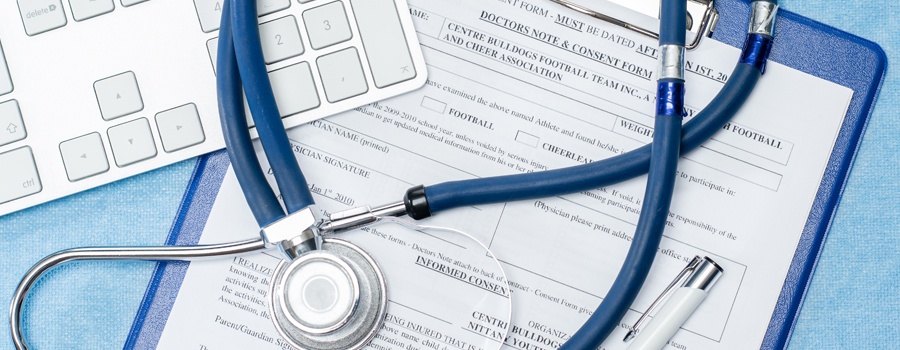Tag: HIPAA
-

How to Make HIPAA Disclosures During Mass Tragedies
In light of the recent incident in Las Vegas, the Office of Civil Rights, the government entity responsible for HIPAA Compliance, issued clarification guidance on the ability of a health care provider to share patient information during such situations. While such incidents are taxing on health care providers in terms of treating capacity and ability,…
-

A HIPAA Contingency Plan: Yes, It’s Boring. Yes, You Must Do It.
When was the last time you reviewed your entity’s Contingency Plan? If it has been awhile, or never, you need to get to work. In light of recent natural disasters and ransomware attacks, the necessity of thorough and documented contingency planning, to include backup and disaster recovery, has become a focus for health care entities.…
-

Is Your HIPAA Contingency Plan Adequate?
Your response to this question may include one of the following answers: What in the world is a Contingency Plan? I think we did that, but I’m not sure where it is. I know we did one a while back, but we haven’t looked at it in a while. If any of these responses sound…
-

A Risk Analysis Is Your Entity’s Annual HIPAA Checkup
The Health Insurance Portability and Accountability Act (HIPAA) requires all covered entities to conduct an accurate and thorough assessment of potential risks and vulnerabilities to the confidentiality, availability and integrity of electronic protected health information (ePHI). This process must be documented as a Risk Analysis. Covered entities must develop a Risk Analysis at their inception…
-

How Can You Avoid a HIPAA Mega Breach?
A HIPAA breach often occurs when a health care entity wrongfully discloses the protected health information of a patient or client. These incidents can occur by accident, like faxing patient information to the wrong fax number. They can also be the result of willful or intentional acts, like employees who gather patient information for the…
